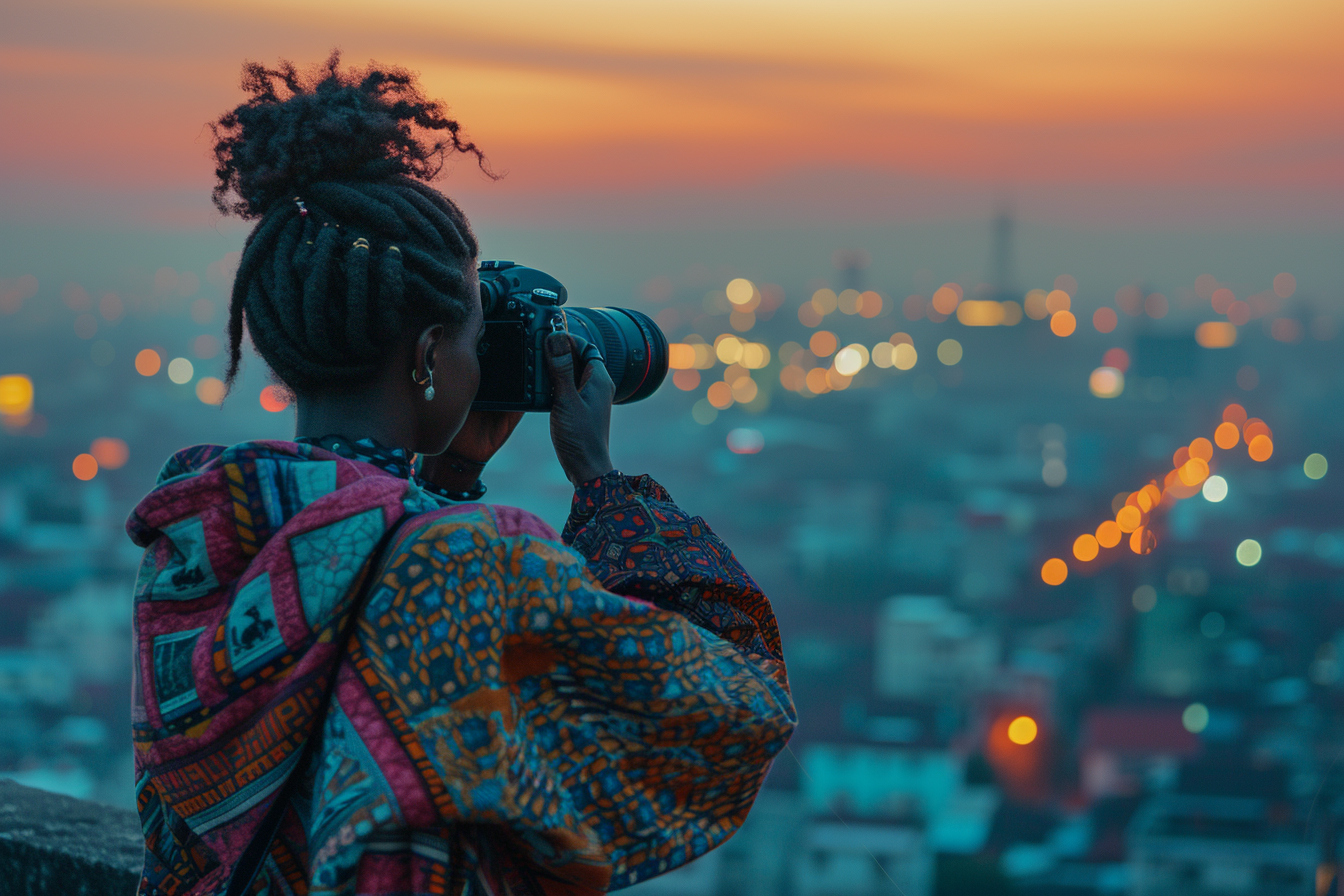Urban landscape photography offers a canvas that is constantly evolving and challenging the photographer to capture its essence. From the towering skyscrapers to the subtle interplay of light and shadows on the streets, the urban landscape is rife with opportunities for creating compelling images. In this piece, we explore key strategies and expert tips that will help photographers master the art of urban landscape photography.
Understanding urban landscape photography
The significance of the urban scene
Urban landscape photography is more than just snapping pictures of buildings and streets; it’s an exploration of the human condition and the ways in which we interact with our environment. Photographers who excel in this genre combine technical acumen with a deep understanding of urban design, leading to photographs that are not only visually striking but are also rich in narrative.
Composing with purpose
A well-composed urban landscape photograph communicates effectively with the viewer. Critical elements include leading lines, patterns, symmetry, and the rule of thirds. Each of these components plays a pivotal role in guiding the viewer’s eye through the scene, crafting a story within a single frame.
Mastering the technical aspects
Camera settings for optimal exposure
The dynamic range of light in urban landscapes can be challenging. To handle this, photographers may employ bracketing techniques to capture multiple exposures of a scene, later blending them to achieve the desired result. Essential camera settings include a small aperture (around f/8 to f/16) for a greater depth of field and a low ISO to keep noise at a minimum.
The role of long exposures
Long exposure photography can transmute a dynamic urban scene into a silky and ethereal composition. Using a tripod and a neutral density filter allows the shutter to remain open longer, which can capture the flow of traffic as streaks of light or soften the movement of clouds, adding a sense of motion and tranquility to the bustling cityscape.
Finding unique perspectives

The art of exploration
Discovering the most captivating vantage points often requires venturing off the beaten path. Photographers proficient in urban landscapes are adept at scouting locations, often returning to the same spot at different times of day to observe how the changing light impacts the scene.
Emphasizing scale and juxtaposition
With the city’s monumental architecture, manipulating scale can lead to intriguing compositions. Incorporating elements such as people or everyday objects alongside towering structures can intensify the immensity of a building and provide context to the viewer.
Paying attention to light and weather
Capitalizing on the golden hour
The golden hour—the time shortly after sunrise or before sunset—offers a warm, diffuse light that can dramatically enhance an urban landscape. It accentuates textures, casts long shadows, and can saturate the urban palette, providing photographers with optimal conditions for capturing the city’s beauty.
Leveraging diverse weather conditions
Instead of waiting for perfect weather, embrace the variety of conditions the city presents. Fog can create an air of mystery, rain can add reflective surfaces and a moody atmosphere, and snowfall can simplify and transform a busy scene into a serene tableau.
Engaging with color and monochrome
The impact of color schemes
Color can dramatically influence the mood of an urban landscape photograph. Warm tones often convey comfort and energy, while cool tones can impart a sense of calm or isolation. Understanding color theory and its psychological effects is a tool photographers use to steer the emotional response to their work.
The timelessness of black and white
Black and white photography strips away the distractions of color, allowing the viewer to focus on the structure, patterns, and textures of the urban environment. This monochromatic approach can spotlight the timelessness and soul of the city, providing a different aesthetic that often resonates with viewers on a profound level.
Navigating urban challenges
Dealing with obstructions and distractions
A common hurdle in urban photography is the presence of unwanted elements such as power lines, signs, or vehicles. The skilled photographer learns to either use these elements to their advantage—incorporating them into the narrative of the photo—or to find creative angles and compositions that minimize their presence.
The significance of patience and timing
Urban landscapes are places of perpetual motion. Sometimes, the perfect shot necessitates waiting for the right moment when the elements within the frame align harmonically. Patience is an essential trait for capturing these transient yet defining moments.
Fostering your creative vision
The importance of personal style
Developing a distinct style sets successful photographers apart. This may involve consistent themes, subjects, or editing techniques. As photographers delve deeper into the genre, their individual perspective and aesthetic preferences become ingrained in their work, making each image unmistakably theirs.
Continual learning and adaptation
The urban landscape is in a state of constant change, and likewise, so are the techniques and technologies available to photographers. Continuous learning and adaptation are essential for staying ahead in this dynamic field. Whether it’s exploring new editing software or experimenting with the latest camera equipment, there’s always room to grow and refine one’s craft.
In urban landscape photography, the interplay between structure, humanity, and the environment creates a perpetually rich tapestry to document and interpret. By harnessing these expert tips and embracing the unique character of the urban setting, photographers can craft images that not only captivate the eyes but also resonate with the complexities of life within the city. As with any form of art, it is through the pursuit of these endless creative possibilities that urban landscape photography truly shines.

